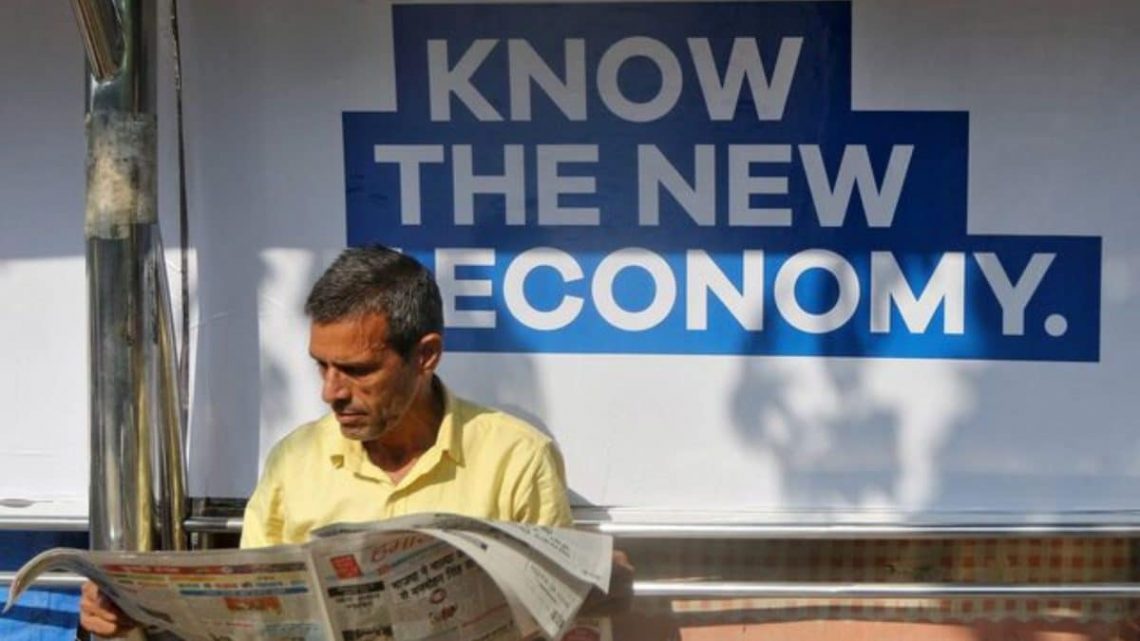The Reserve Bank of India on Friday cut the repo rate by 0.25 per cent to 6.25 per cent. The move comes after a gap of five years, with the central bank citing easing inflation and slow growth as the reasons behind the cut. At the beginning of the month, the Union Budget 2025 gave the middle class a major tax break, with rationalisation of tax slabs and ensuring the salaried individual earning up to 12.75 lakhs a year paid zero income tax.
The rate cut aims to boost liquidity, as the liquidity deficit in the banking system reached multi-year highs in January—after which the central bank took a slew of measures. On the consumption part, home, car, and MSME loans are set to get cheaper. Before this, the Union Budget was hailed as a ‘good job’ offering the economy a boost in demand, a promise of reforms, and accelerating India on the track of higher growth.
Apparently, ‘tremendous’ global uncertainties, perhaps aggravated by Trump 2.0, require India to have a solid domestic demand base. Another thing can be, as recent data shows— individual taxpayers now contribute more than all companies combined—this could be the reason behind the personal income tax cuts. Also, the notable absence of the mention of corporate tax in Finance Minister Niramla Sitharaman’s budget speech raised questions. Sitharaman indeed talked about the new income tax bill to be tabled on Monday, but then that will not bring any additional tax burden but just simplify tax laws.
Beyond this, the need for the government to boost the public expenditure in an economy, like India, that requires massive infrastructure development, capital creation, social security and welfare measures to support the deprived population is forever more. Also, we need to align them to the grand vision of ‘Viksit Bharat 2047’. For them, the government either needs to borrow or to tax. To this, the central government has stayed on the path of fiscal consolidation with fiscal deficit-to-GDP budgeted at 4.4 per cent for the fiscal year 2026, in line with the previous budget announcements.
The Fiscal Responsibility and Budget Management act envisions a 3 per cent fiscal deficit however, in the post pandemic fiscal strategy, the glide path is envisioned at 4.5 per cent by fiscal year 2026.
In such a case, the government has the route of indirect taxation—a tax that is levied on goods and services before they reach the customer—to fund its expenses and expenditures. The prime among them is, of course, the Goods and Services Tax (GST).
However, the issue with the indirect taxes is they are not proportional to the income of the individual, and as such heftier on those who earn less.
Also, despite citing the easing inflation, the retail inflation is still well above the RBI’s medium-term target of 4 per cent, though it eased to a four-month low of 5.22 per cent in December and is seen gradually declining towards the target in coming months.
One hopes that ‘boost in consumption’ does not result in rising inflation that is yet closer to the higher margins of the RBI’s target of 2 percentage points away from 4 per cent and disproportionately affects those who earn less, as costs of goods are the same for all.
Also, the depreciation of rupee remains a cause of worry, as this increases the cost of imports, leading to ‘imported inflation’. The rupee depreciated 14 paise to hit a record low of 87.57 against the US dollar in early trade on Thursday.
Income inequality is a crucial aspect to look upon in this context: As per recent reports for rural areas, the Gini coefficient stood at 0.405 in 2023, up from 0.341 in 1955, whereas for urban areas, there was a slight decline to 0.382 from 0.392 during the same time period. With news reports stating how 2023 income inequality exceeded 1950s levels in India.
So, while India seeks to counter global headwinds and uncertainties that can mar its economic growth, it should ensure the boost in demands must not result in high inflation or the burden be placed on indirect taxes, as high income divide is an undeniable reality of the Indian economy.
As such, if we can achieve GDP growth of 6.7 per cent for FY26 keeping inflation at 4.2 per cent as stated as per RBI’s monetary policy statement, while ensuring ‘Sabka Saath Sabka Vikas’, it will be a great achievement.
The views expressed in the above piece are personal and solely those of the author. They do not necessarily reflect Firstpost’s views.
Link to article –
Boost in consumption is necessary, but ‘Sabka Vikas’ should not be lost

